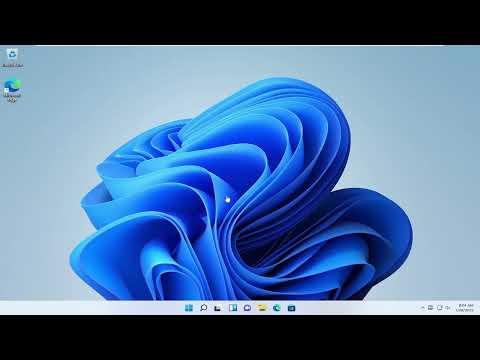I remember the first time I encountered the issue of enabling Dark Mode on Windows 11. It was one of those days when I was working late into the night, and my eyes were beginning to feel strained from the bright white light of my computer screen. My workspace had always been lit up with ambient lighting, but I was finding the constant glare increasingly uncomfortable. I had heard about Dark Mode in Windows 11 and how it could potentially ease the strain on my eyes, but I wasn’t quite sure how to enable it.
Initially, I began my search by looking through various settings and menus, but I couldn’t seem to locate the Dark Mode option. I felt a bit overwhelmed as I navigated through different sections of the settings, each with its own array of options and configurations. The standard light theme was glaringly bright, and I knew that switching to Dark Mode could make a significant difference in reducing eye fatigue. I had read that enabling Dark Mode could also give my desktop a sleek, modern look, which made the feature even more appealing.
Determined to solve the problem, I decided to dig deeper. First, I accessed the Settings menu by clicking on the Start button and selecting the gear icon, which opened the Windows Settings. From there, I knew I had to find the “Personalization” section, as themes and appearance settings were typically housed there. I clicked on “Personalization,” and this took me to a new screen filled with various options for customizing the look of my desktop.
One of the first things I noticed was the “Colors” option listed on the left sidebar. This seemed like the logical place to start, given that Dark Mode often involves changes to color schemes. I clicked on “Colors,” and I was presented with a range of options related to how Windows colors its interface.
Among the various settings, I found the “Choose your mode” dropdown menu. This was exactly what I was looking for. The dropdown menu offered three choices: “Light,” “Dark,” and “Custom.” The “Light” option was selected by default, which explained why everything was so bright. I clicked on the “Dark” option, and almost immediately, the interface changed to a darker color scheme.
Seeing the immediate transformation was quite satisfying. The background turned into a deep, calming shade of black, and the text became a soft, off-white color. It was as if a weight had been lifted off my eyes. The Dark Mode not only made the visual elements of my desktop easier on my eyes but also provided a more modern and sophisticated look.
To make sure everything was working as expected, I explored a few more settings under the “Colors” menu. There were additional options for customizing the color of various elements, such as the accent color and transparency effects. I decided to keep the default settings for now but appreciated that there were additional ways to tweak the appearance if I wanted to in the future.
However, I wanted to ensure that Dark Mode was applied consistently across all applications and system components. I discovered that in the “Choose your mode” dropdown menu, there was also a “Custom” option. This allowed me to select separate modes for Windows and for apps. I chose “Dark” for both options to ensure that the uniform dark theme applied throughout my system.
After enabling Dark Mode, I found that it didn’t just affect the system interface; many of my applications and programs adopted the darker theme as well. This was particularly useful for applications like Microsoft Office and web browsers, where the Dark Mode made the interface look more cohesive.
In addition to the Dark Mode setting, I explored other ways to adjust my screen to be more comfortable. I discovered the “Night light” feature, which I could toggle on or off based on the time of day. The Night light reduces blue light, which is helpful for reducing eye strain, especially during late-night sessions. I adjusted the strength of the Night light and set a schedule for it to automatically turn on in the evening.
Enabling Dark Mode on Windows 11 had a noticeable impact on my productivity and comfort. The soothing dark interface made it easier to focus on my tasks without being distracted by the harsh glare of a light theme. It also added a touch of modern elegance to my workspace, making my overall computing experience more enjoyable.
Reflecting on the process, I realized that discovering how to enable Dark Mode was not only about making my screen easier on the eyes but also about exploring and understanding the customization options available in Windows 11. The journey of finding and setting up Dark Mode gave me a greater appreciation for the extent to which I could personalize my computing environment to better suit my needs and preferences.
